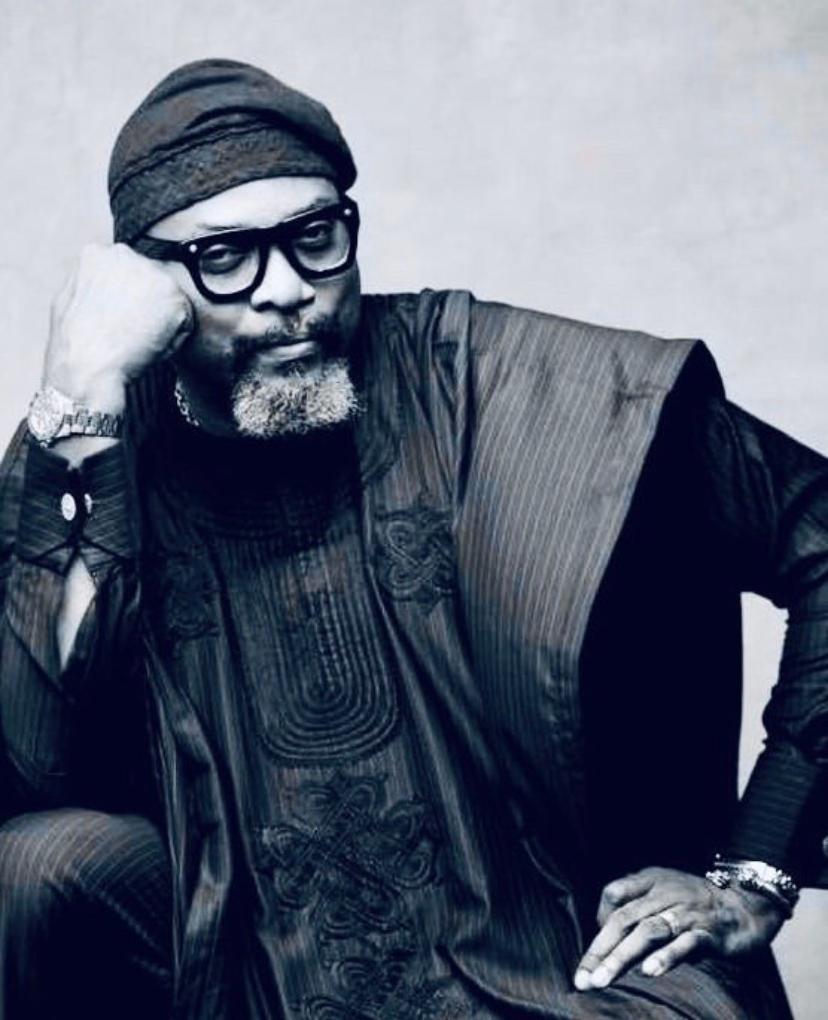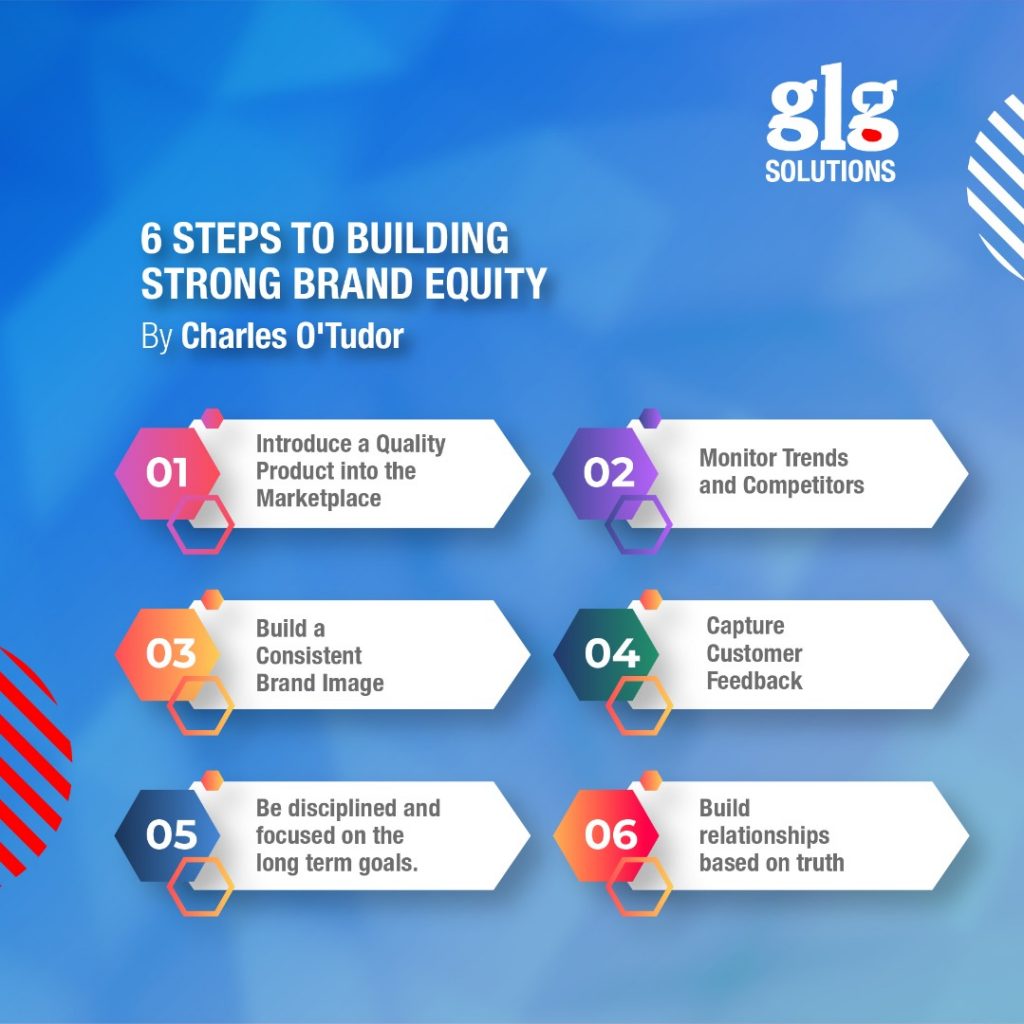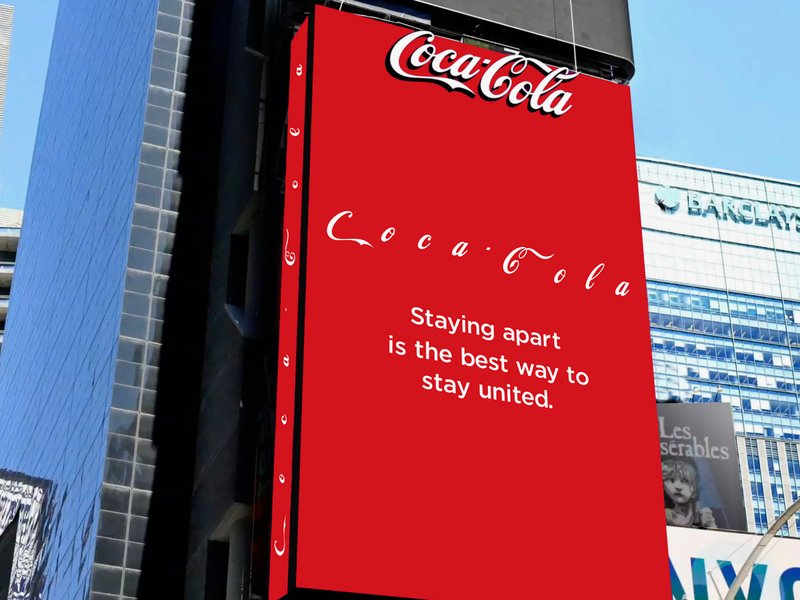The strength and power of a brand is an essential part of brand equity. In times like we’re experiencing now, it is even more important to create and maintain brand equity.
Brand equity in simple terms describes a brand’s value. This value is determined by consumer perception, plus experiences with the brand. If the market thinks highly of your brand, it has positive brand equity and vice versa. With a positive brand equity, a business can charge premium price for their products or services. A great example of a company with strong brand equity is Apple. The products may be the same as their counterparts, the tech may even be a little behind, but the perception from customers and competitors, brand presentation, cult-like loyalty and premium price point has made Apple a leader in their industry.
With the pandemic, some brands may in the bid to cut production costs deliver low quality products or services for consumers in an attempt to attract business and stay afloat. Whilst this could work in the short-term, this will hugely affect the company’s brand equity in the long term. Differentiating one’s brand in the midst of competition will provide the best brand growth in the post covid-19 era.
Coca Cola is a great example of a brand that has been able to survive through changing markets and consumers. The company which has been in existence since 1886, remains popular with brand recognition that continues to increase with more than 1.9 billion servings of its beverages enjoyed by consumers in over 200 countries per day.
It is impossible to have a brand without the consumer. How the consumer feels about the brand is perhaps the single most important consideration when building brand equity which is also hugely based on consistently delivering on brand promise made.
The advent of social media has made it possible for marketers to quickly measure how well a brand is performing. With a large majority of people working from home, online activity has increased massively. Social distancing has led to the biggest increases across digital marketing channels like company websites, social networks, email s and more. This has equipped brands with a perfect opportunity to reach a wide network and get instant feedback. An example that comes to mind is when McDonald’s muted the idea of offering breakfast all day. Social media went wild. McDonald’s breakfast was trending on Twitter and Facebook, which gave immediate data to the marketing team.
Practical Tips from Charles O’Tudor
We spoke with foremost brand strategist and principal consultant at ADSTRAT Branding Management Consortium , Charles O’Tudor to share some tips on building strong brand equity. He shared and explained 6 steps.
- Introduce a Quality Product into the Marketplace – This may seem obvious but it is extremely important to deliver a product that attracts a positive reaction from consumers. This can be achieved through labeling, packaging, delivery or the value it offers to users.
- Monitor Trends and Competitors – A strong brand has the ability to adapt to changes in the marketplace in order to stay relevant. To achieve this, marketers must monitor industry trends and market conditions.
- Build a Consistent Brand Image – It is important to reinforce your brand by providing a consistent positive experience in the minds of consumers. Consistency of Brand Messaging – When creating your brand messaging ensure that it is easy to remember and reminds consumers about the qualities that they care most about.
- Capture Customer Feedback – Since the real power of a brand exists in the mind of consumers, it is necessary for marketers to always capture and analyze customer feedback.
- Be disciplined and focused on the long term goals – This ensures zero distractions by short term trends.
- Build relationships based on truth – This is critical in creating brand equity. Your internal and external stakeholders need to trust you. Being true to the values you profess comes in handy here.
We’d love to read from you. What other ways can a personal or corporate brand build strong brand equity in this new normal?






